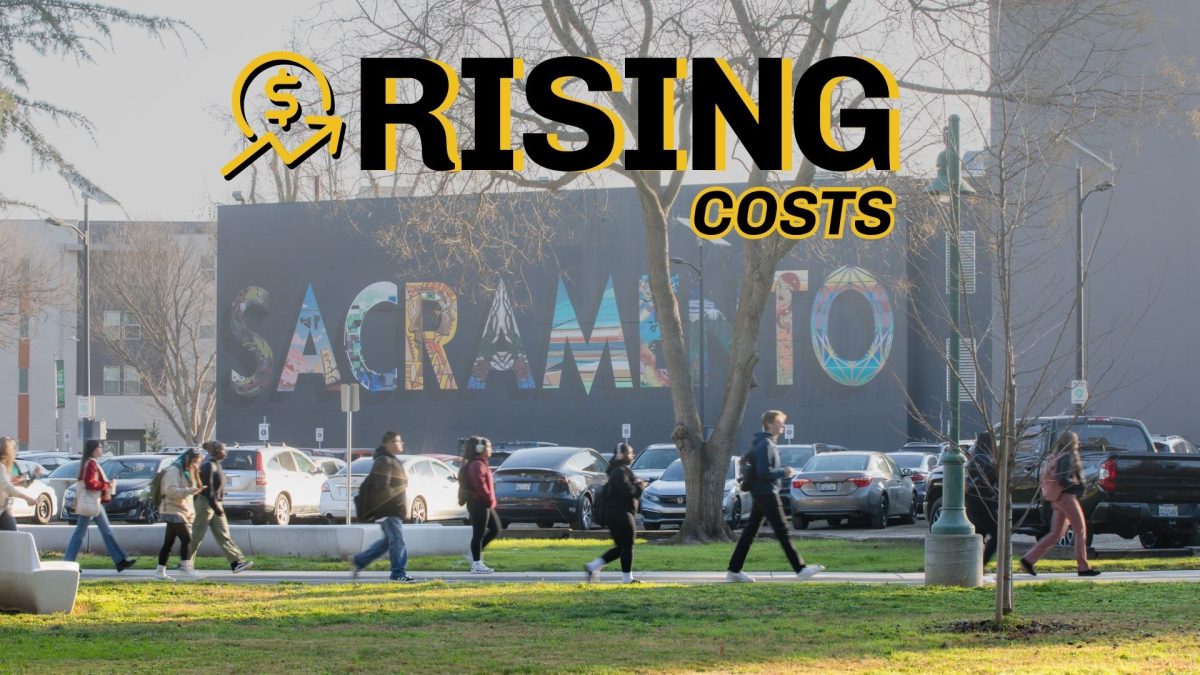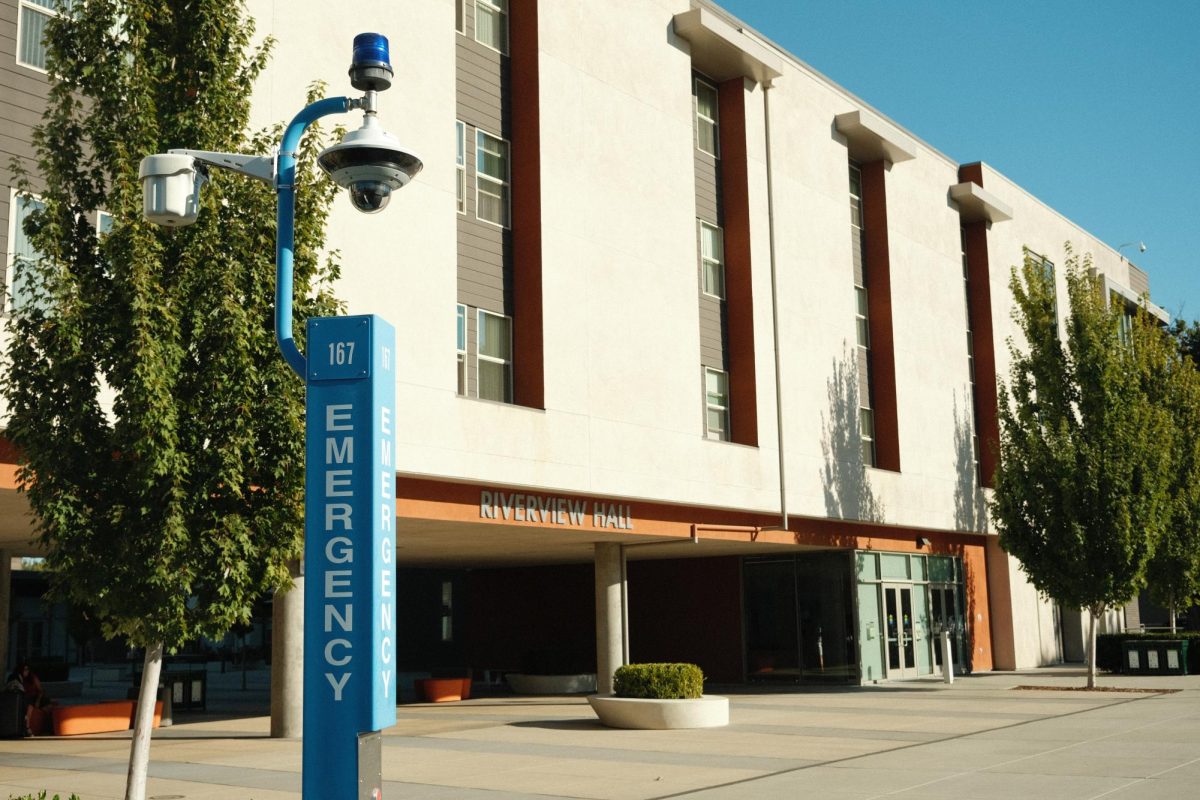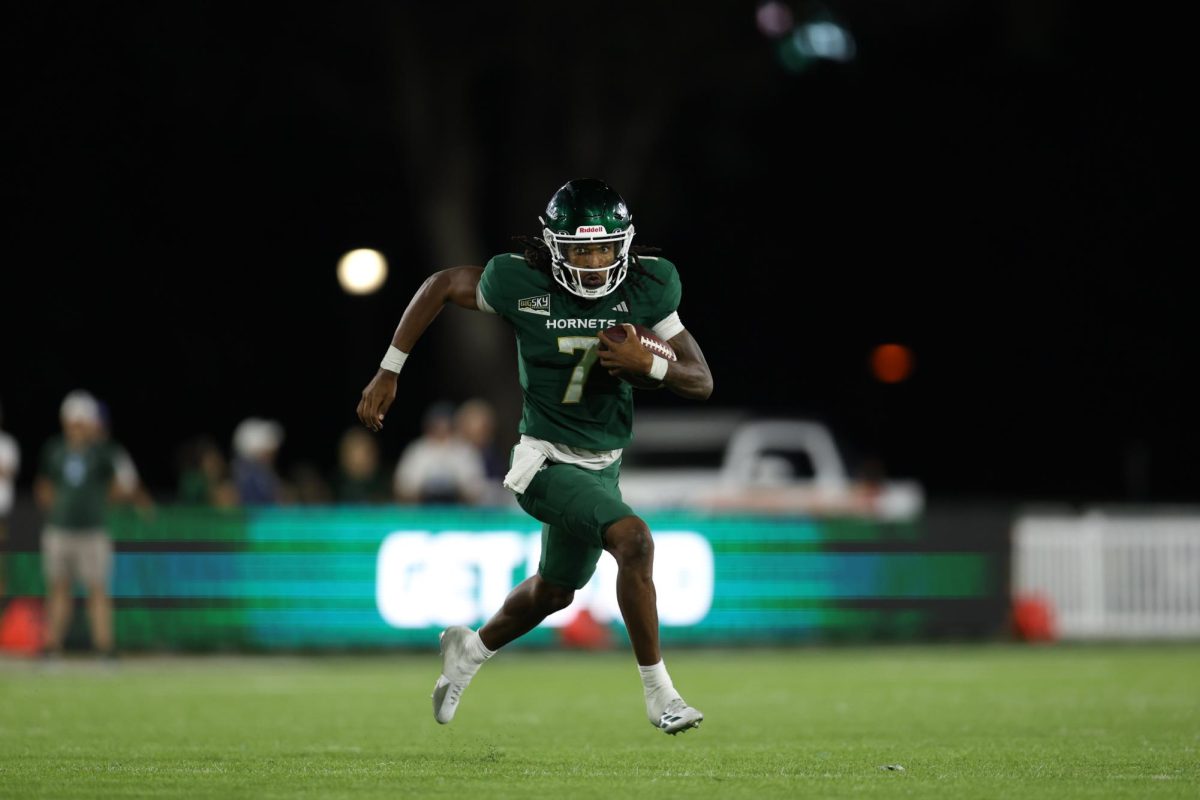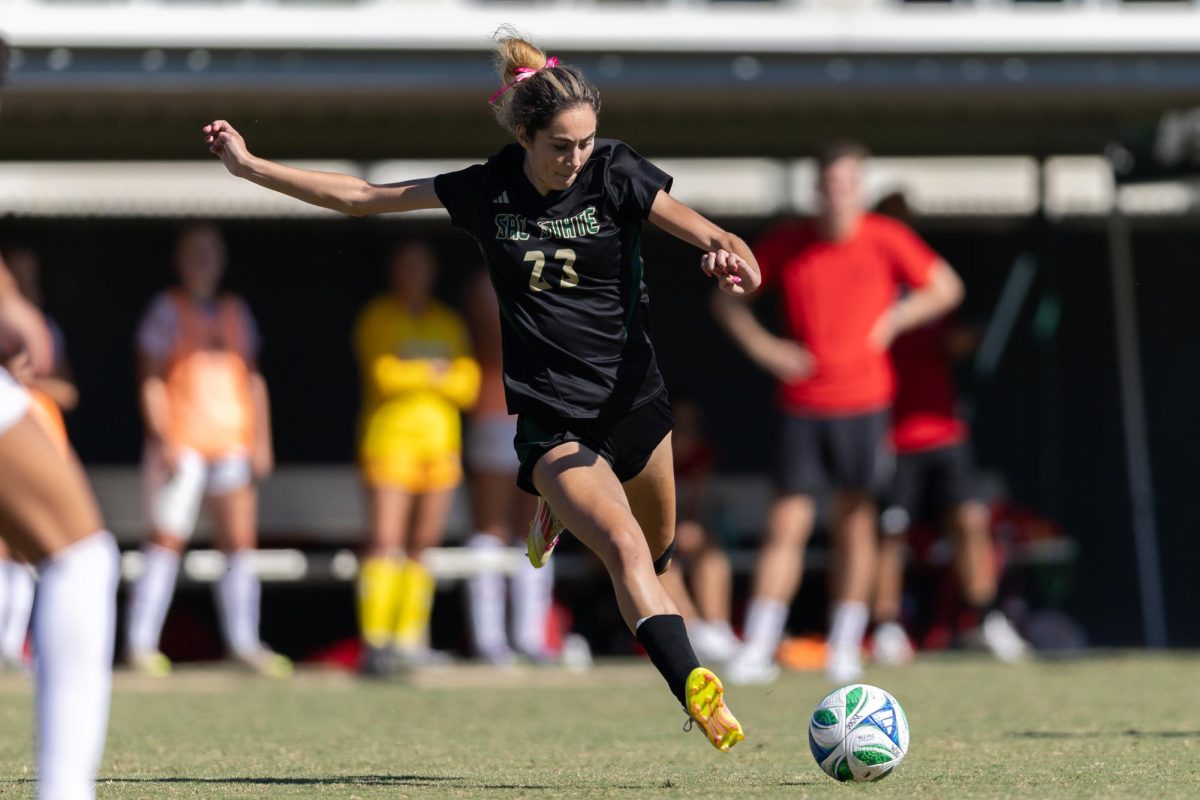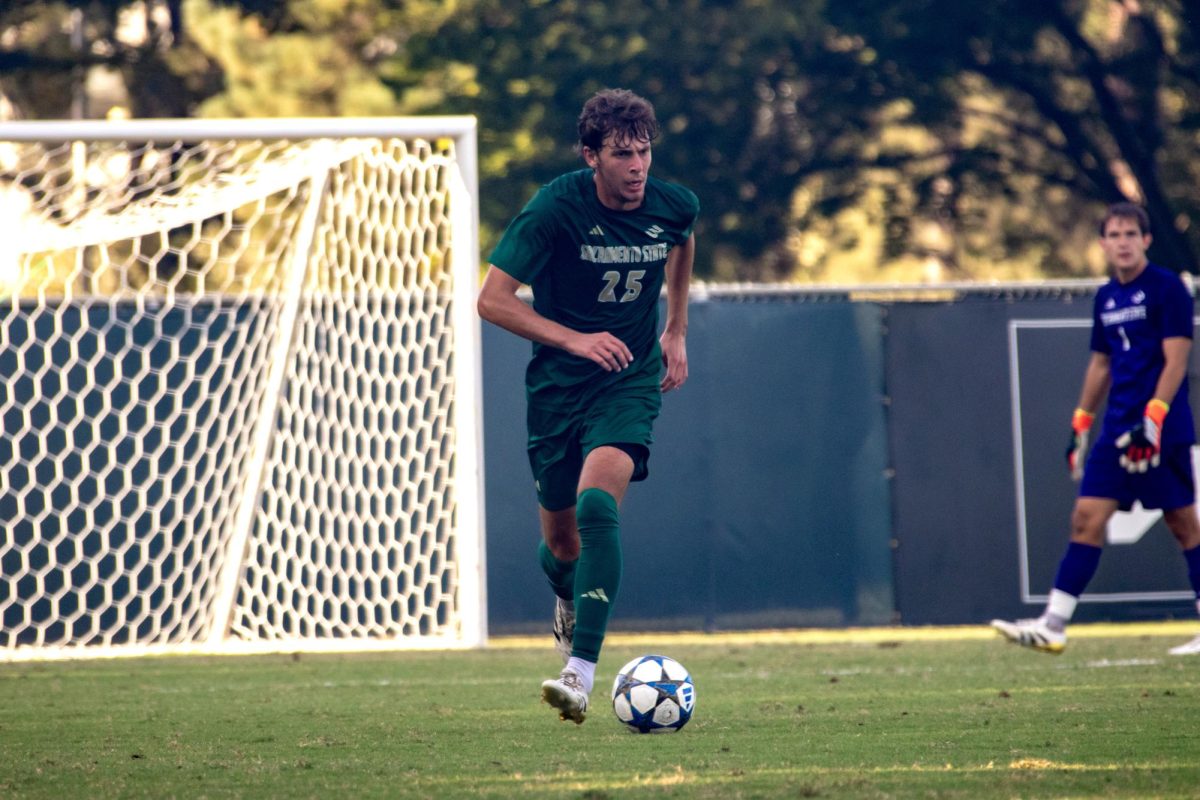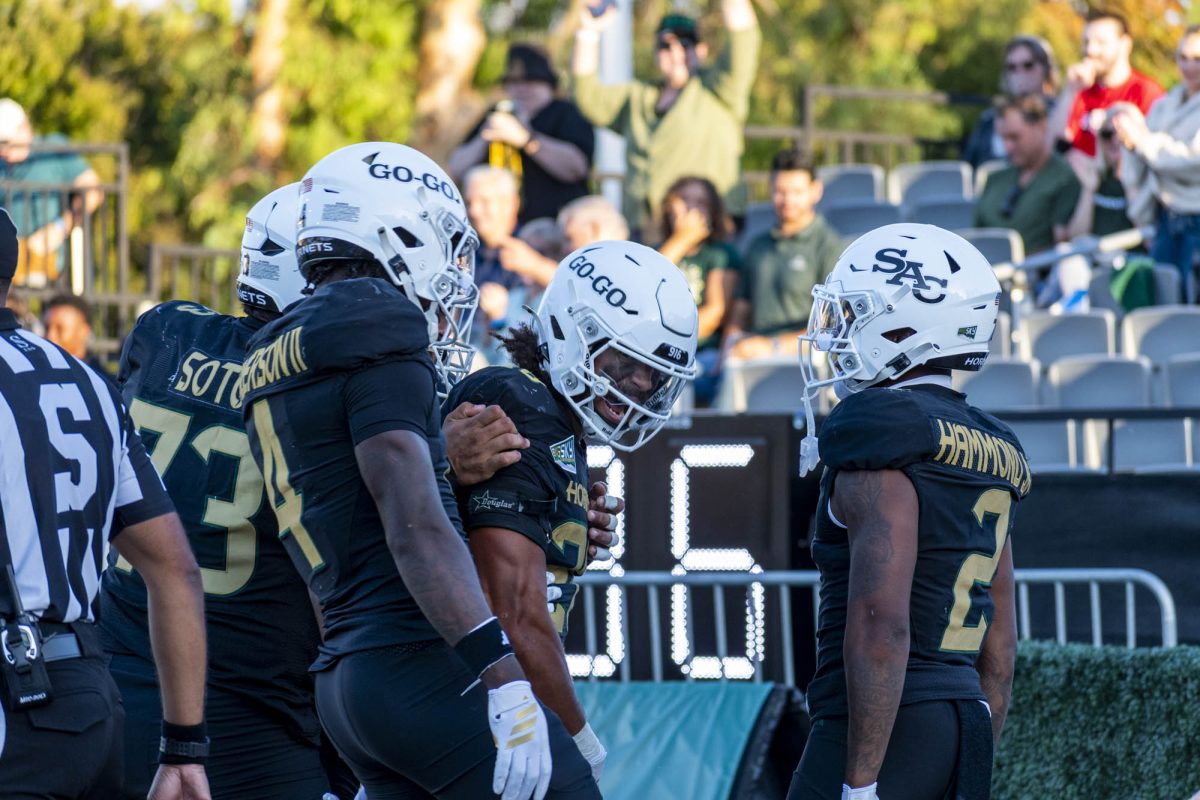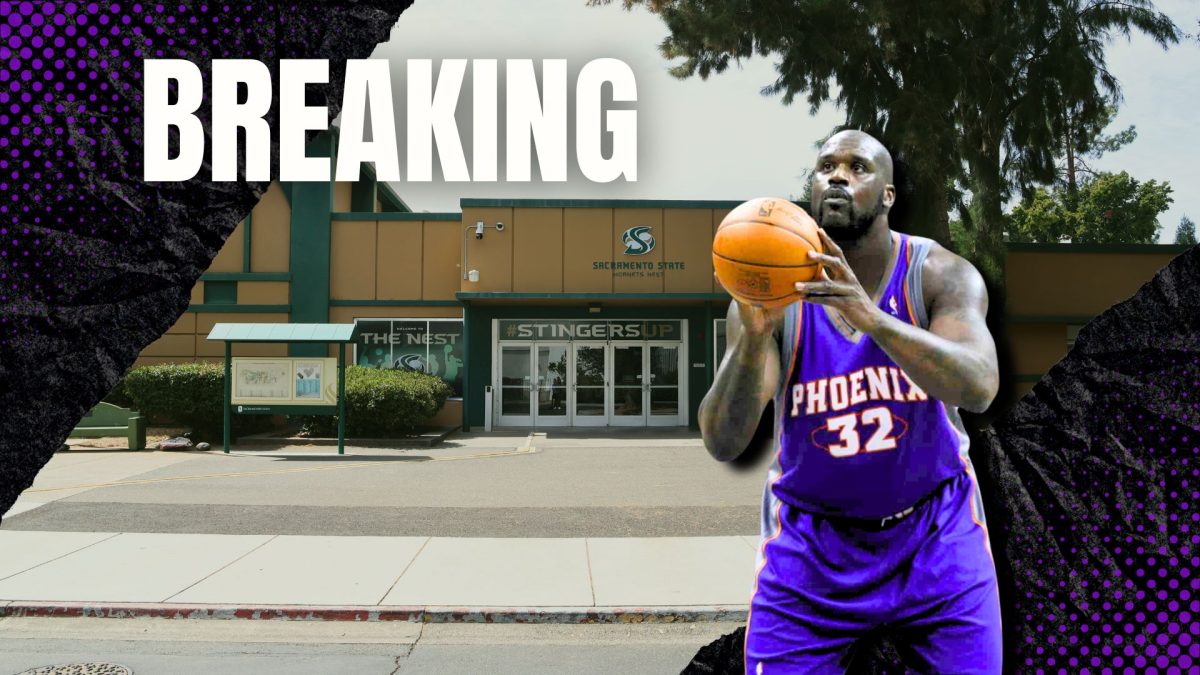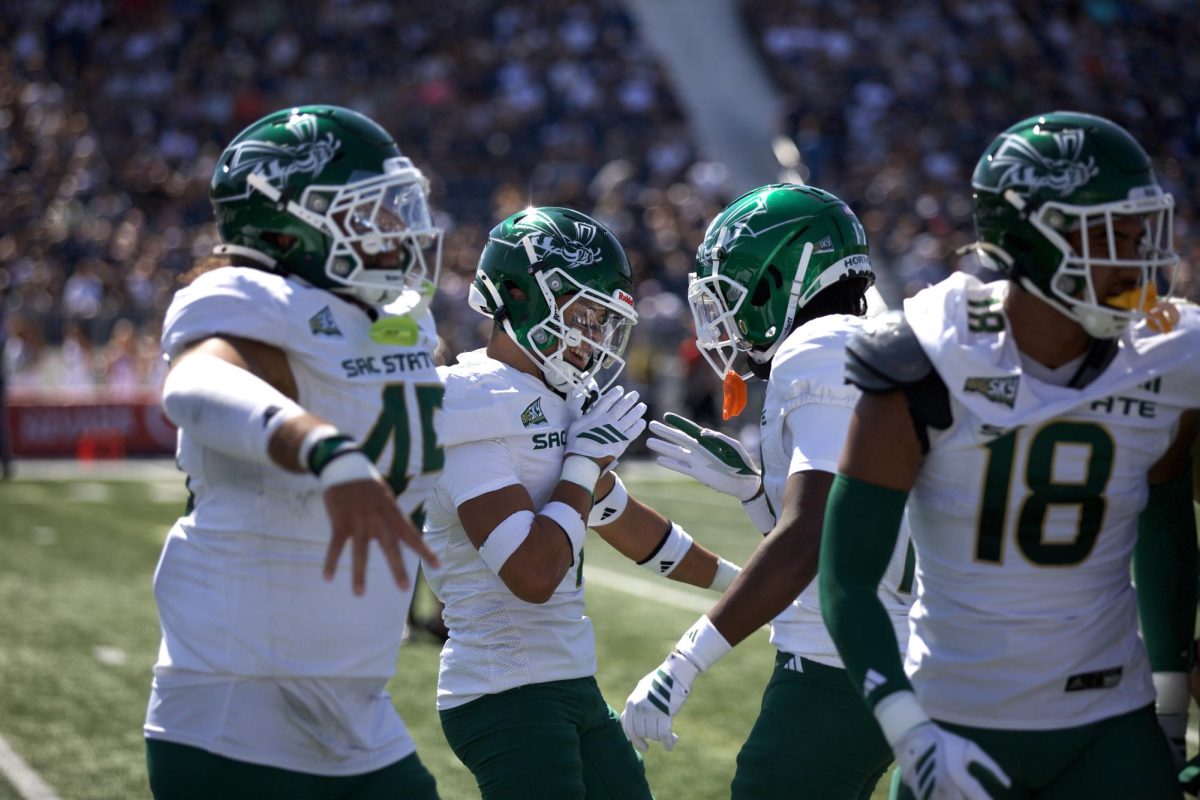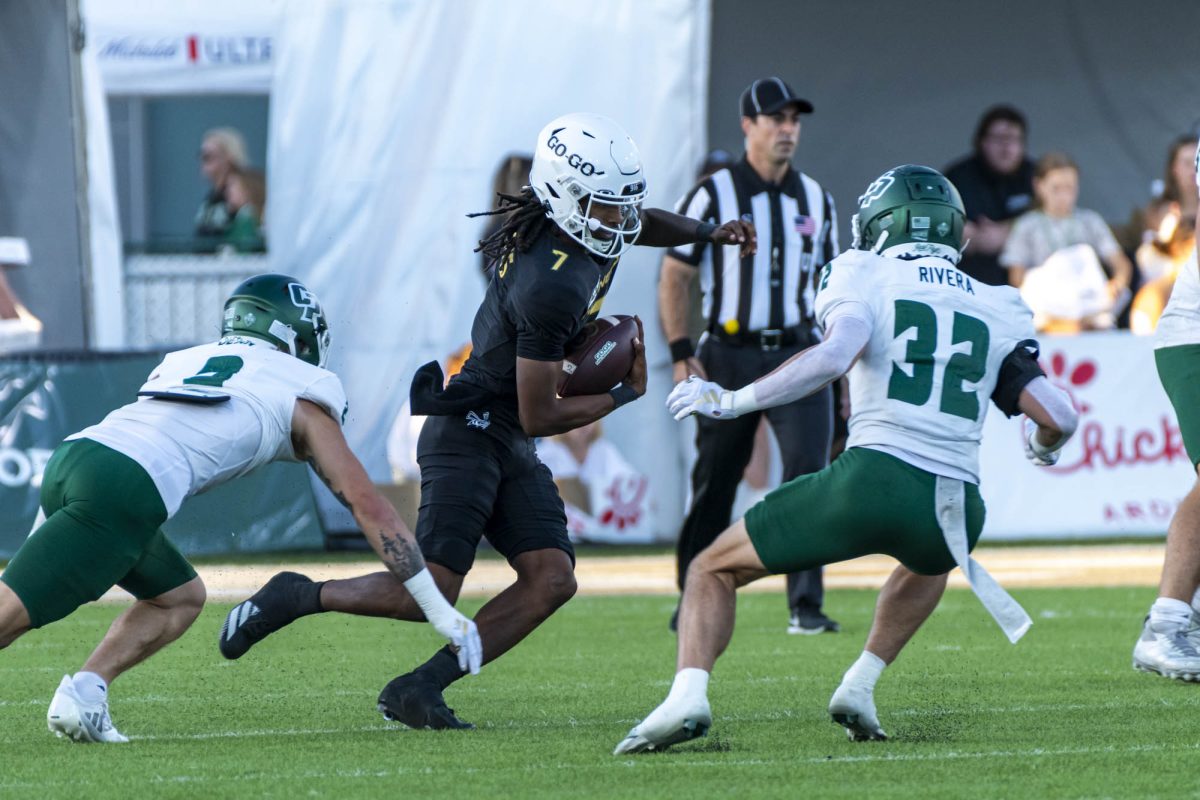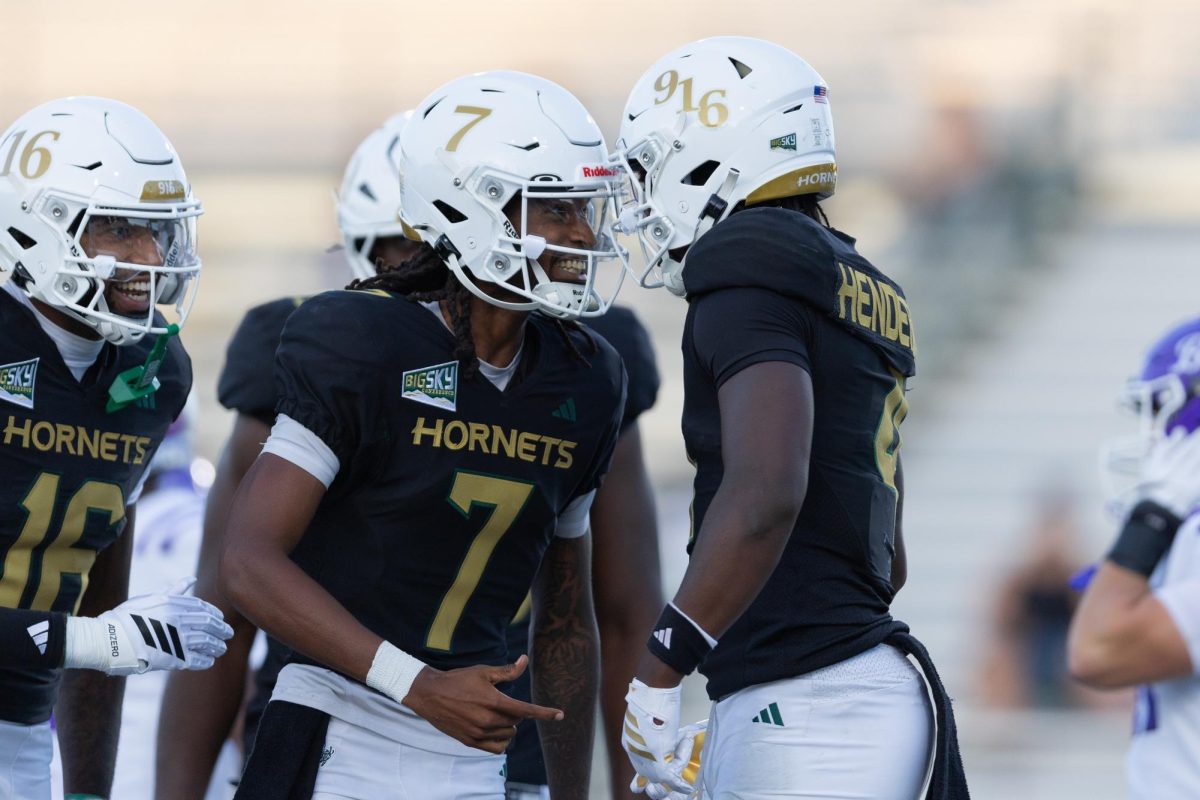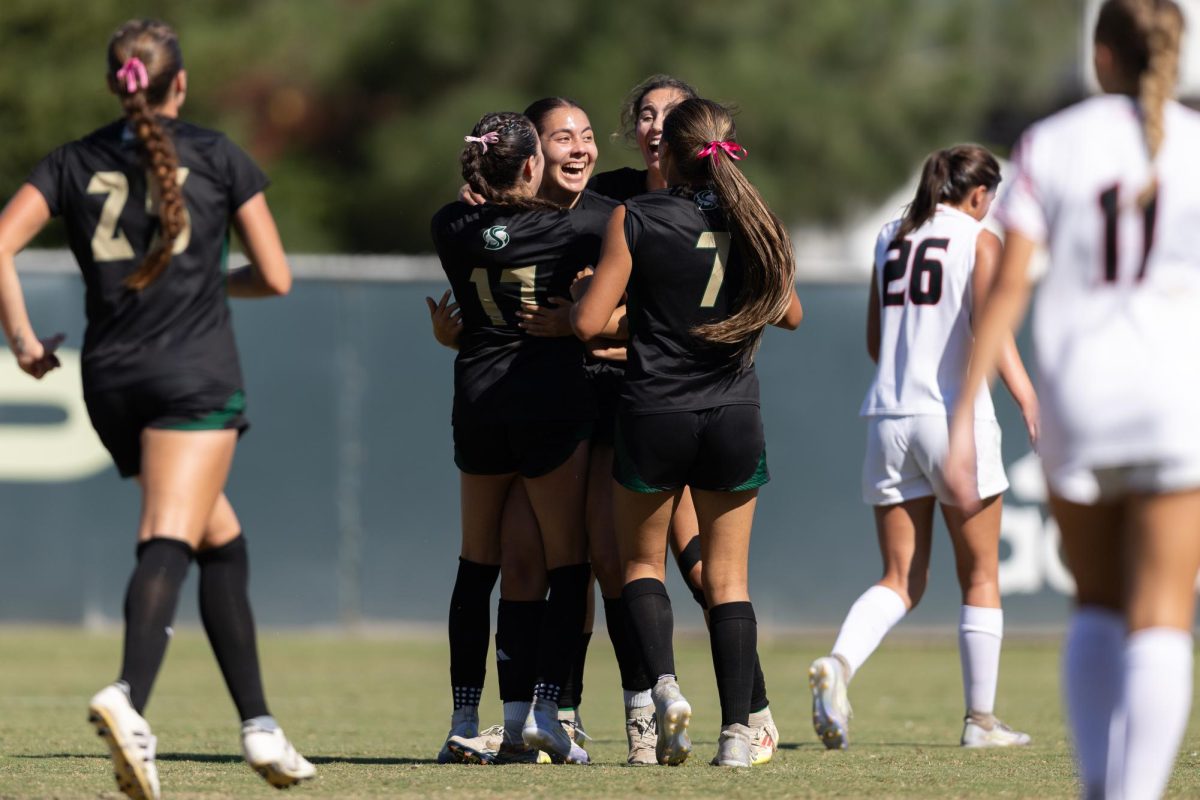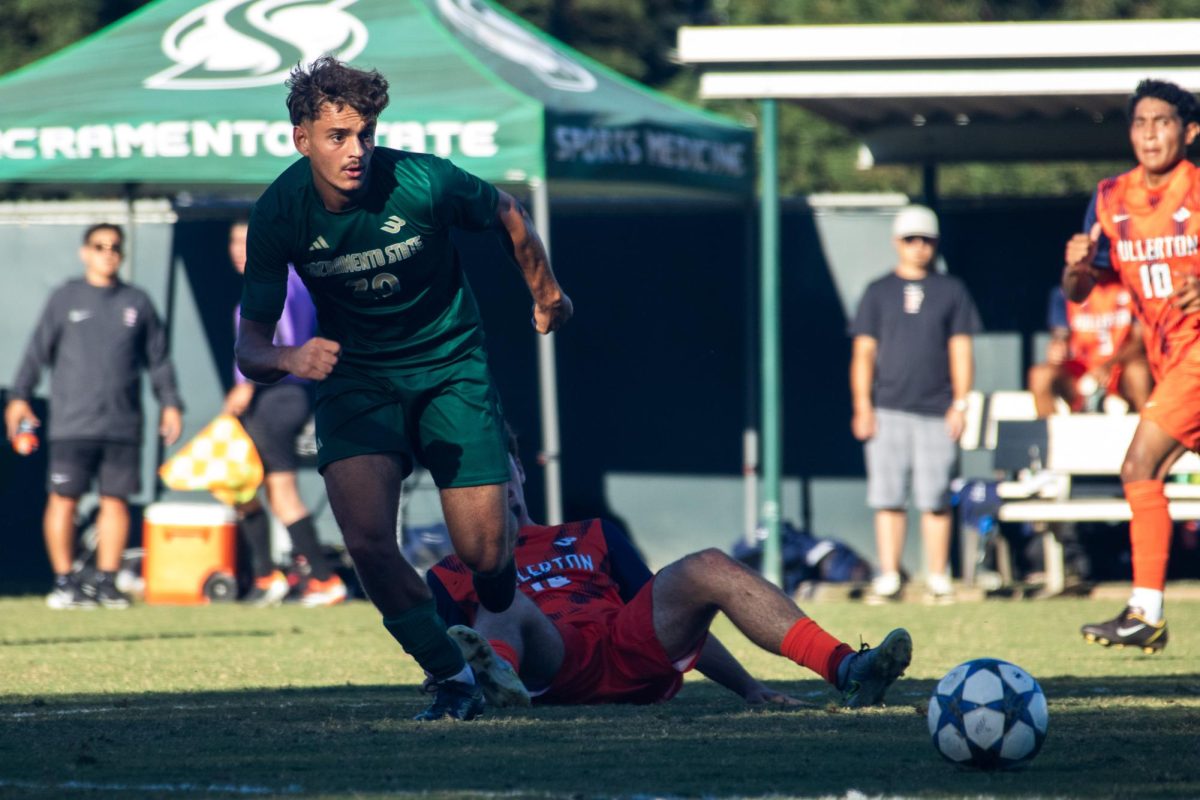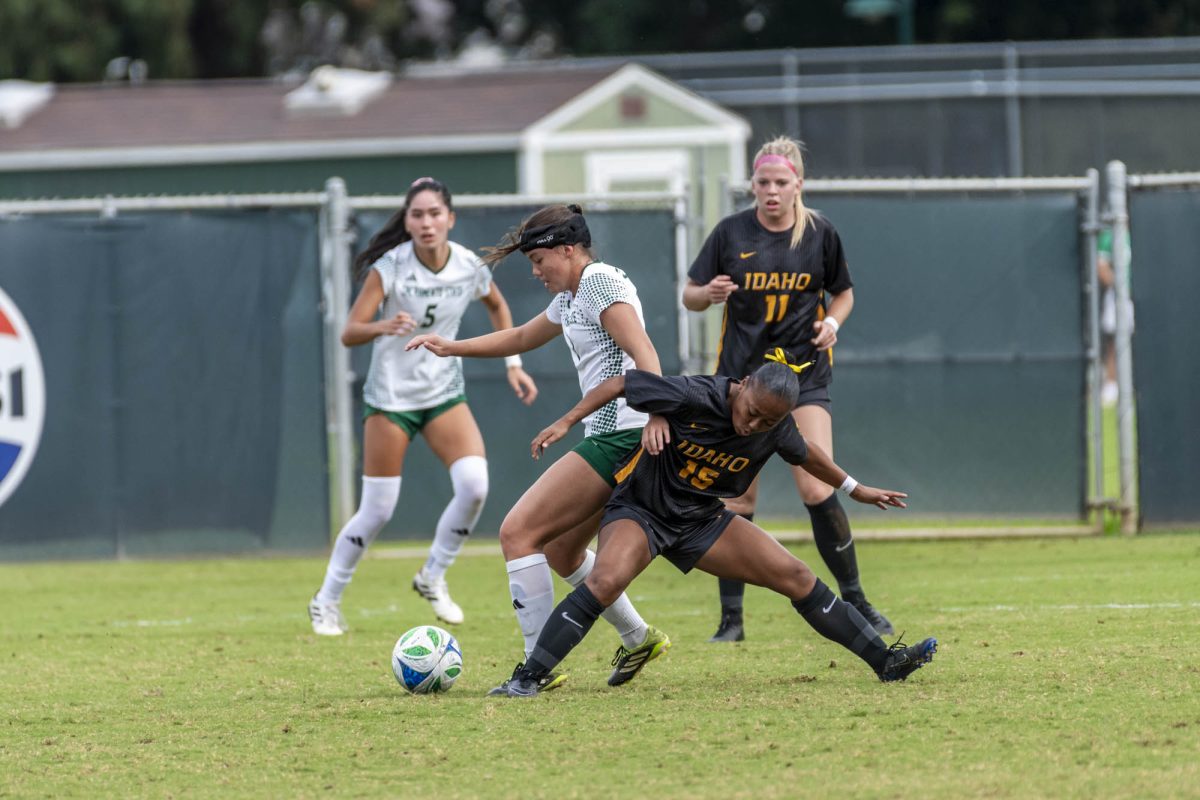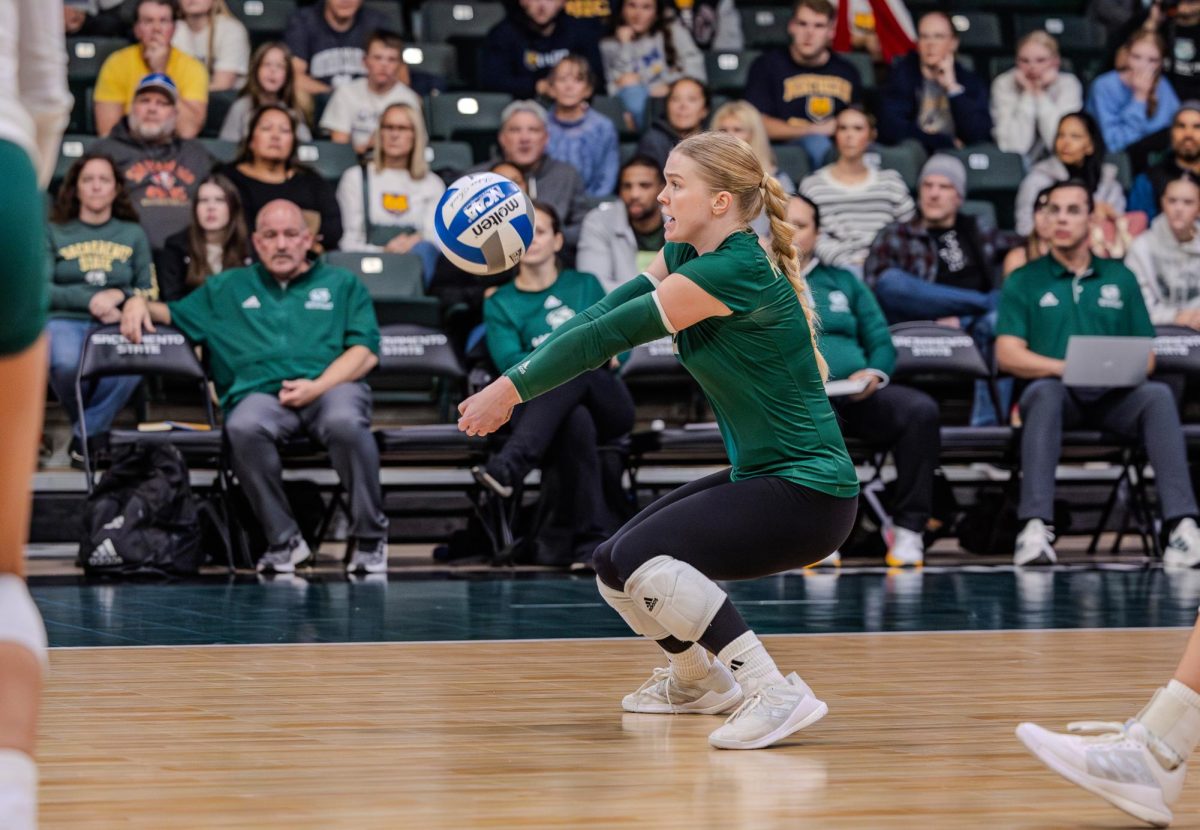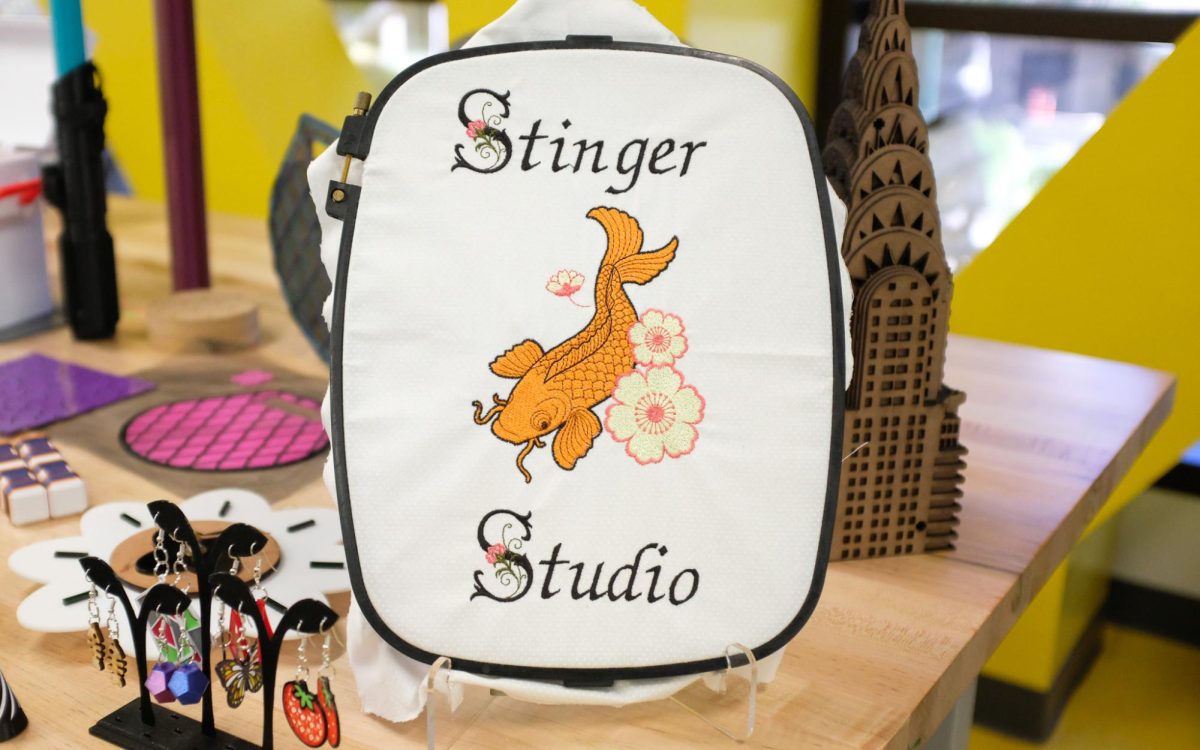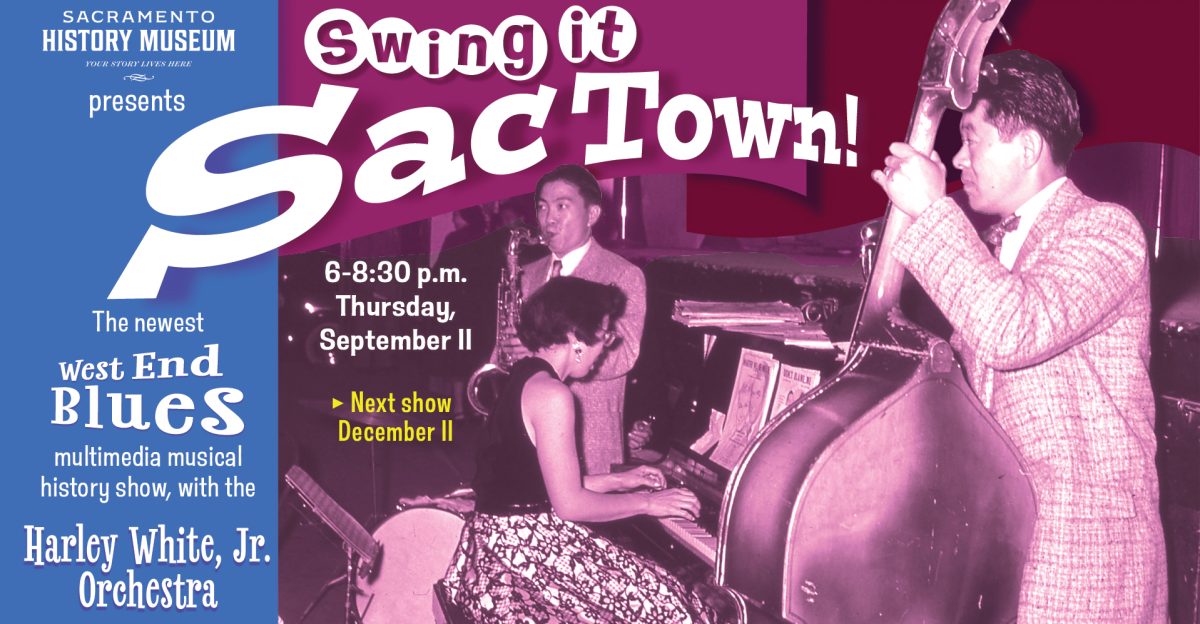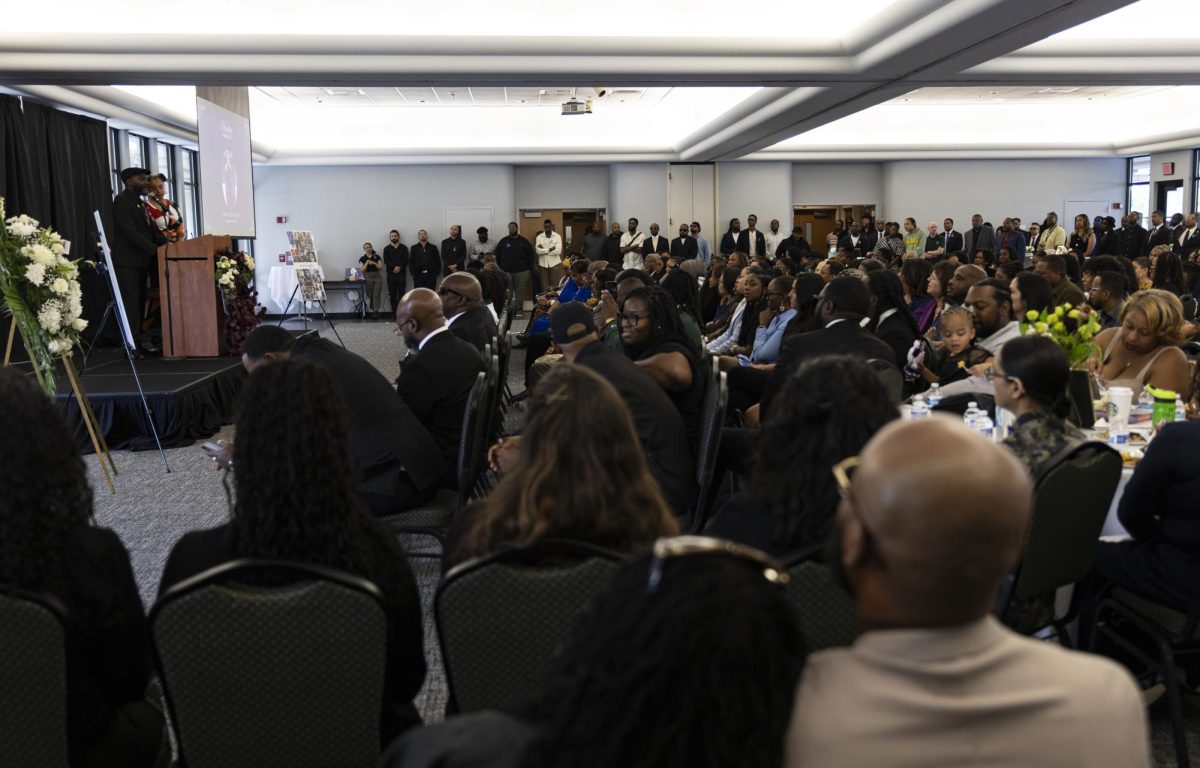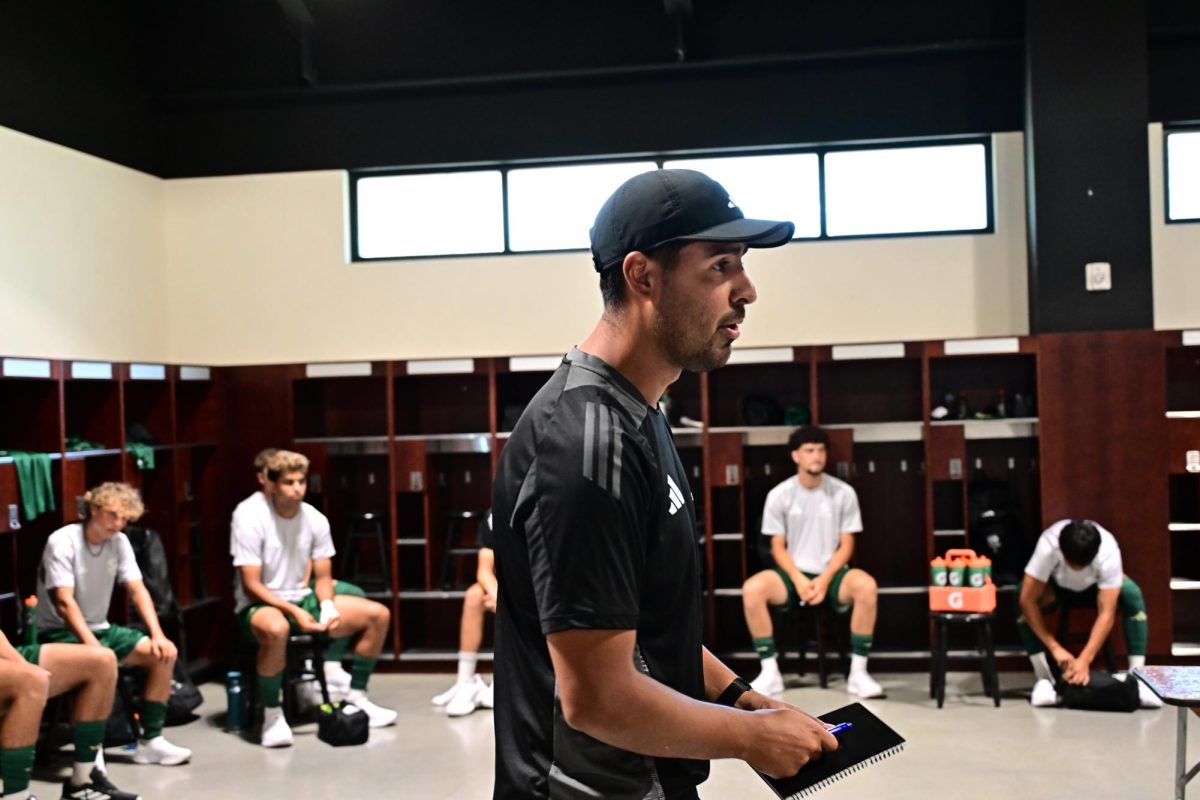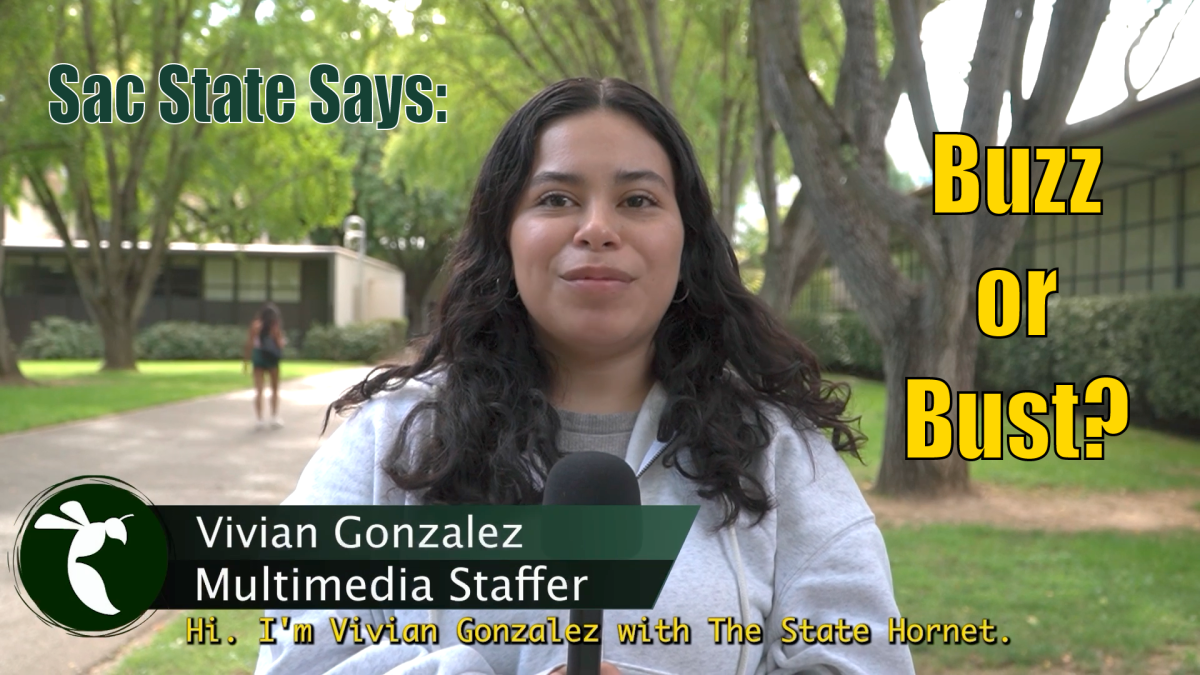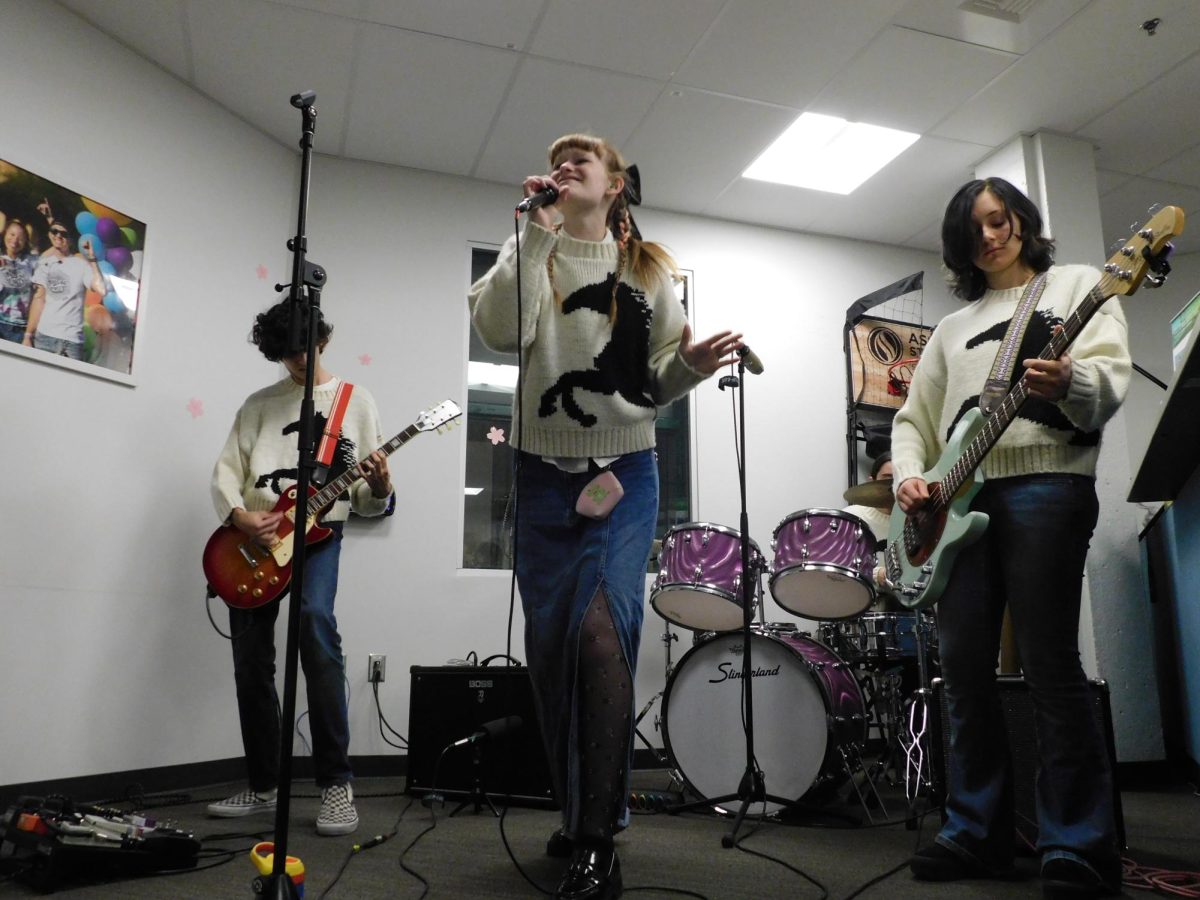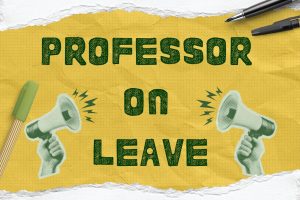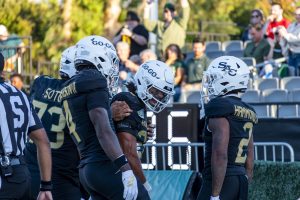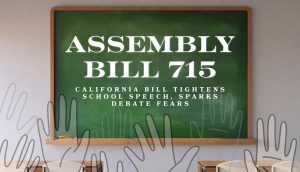Sac State reflects on academics, campus life
January 7, 2007
In certifying its status as an accredited university, Sacramento State is in the second phase of the three-phased reaccreditation process through the Western Association of Schools and Colleges.
If Sac State doesn’t pass the test, it will be considered in bad academic standing and the baccalaureate degree, stamped with the campus seal, will be worthless.
Sac State administrators say there is no doubt that the university will pass the test. Instead, concerns rest on the process and its implications, and how Sac State can be bumped to a higher tier.
Lori Varlotta, vice president of student affairs, was involved with phase one of the reaccreditation process, which guides the remaining phases through establishing goals.
“We have to worry on how to move from good to excellent,” Varlotta said.The main push behind the reaccreditation process is student learning and better assessing programs within Student Affairs by not only measuring student satisfaction, Varlotta said.
“What we are trying to figure out is to what extent did (students) learn something from the program. Did their attitudes change? Do they suspect their behaviors might change as part of being a RA (Resident Advisor) or being an ASI (Associated Students Inc.) leader or participating in diversity dialogues and so on?”
Val Smith, professor in the communications department and chair of phase two, said this is how Sac State programs gain more value.”It’s a chance for us to step back and reflect on the institution, reflect on the teaching and learning and focus on some areas that we want to improve,” Smith said.
Phase two assesses whether Sac State fulfills its commitment to institutional integrity, fiscal stability and organizational structures and processes, according to the Sac State accreditation Web site.
The breadth of the project, however, doesn’t stop with academics; it also spans out to include two other themes: student life and community engagement and impact. From there they branch out to include other elements like fundraising and enhanced communication between university departments.The last reaccredidation process ended in 1997 and concluded with recommendations of continued assessment of academic departments, increased faculty and community engagement and better recognition of how programs serve students and the community.
Unlike previous accreditation evaluations, Sac State is thinking “outside the box” and trying to better collaborate academic affairs with student affairs because “student affairs is really a prominent player in the whole academic process,” Varlotta said. “The process is exciting.”
“We’ve taken a very innovative approach at looking at student learning, we are looking at it campus-wide,” Varlotta said. “Until very recently, student learning was seen to be the domain of academic affairs.”
The lifelong academic goal of students, and how they succeed, doesn’t only happen by sitting in the classroom, but also is promoted by outside classroom activities, Varlotta said.
Improving how students are educated is the main objective.
“… These are problems in education that persist and threaten to compromise the quality of education,” Smith said.
The goal of phase two is to identify these problems and strategically plan on solving the issues.
Mike Lee, associate vice president of academic affairs, who was also involved in the accreditation process, has taken the lead and selected committee members to guide the three themes of the accreditation process.
The western association has significantly changed the way it does its review and much of the emphasis is put on student learning, Lee said.
“How do you take the opportunity of a WASC review for us, and use it for our own good?” Lee asked. In phase one, Sac State built an institutional proposal on the major areas that will foster and better student learning, Lee said.
The institutional proposal, OK’d last year by the western association, lays out what the university decided to be evaluated based on western association’s broad guidelines. These guidelines can be summarized by the three themes the university looks to follow.
Phase two is now being used as an evaluation process for areas cited in the first phase. “Basically, you do fact finding to see what’s working,” said Lee of the second phase.
Phase three includes a review by a consultant team, chaired by a university president outside of the CSU system. The team will visit the campus to evaluate the previous phases and necessary recommendations. The visit is planned for early 2007.
The team will meet with the president, deans, provosts and students to see how the university feels the western association review has worked. Finally, a commission will be held to see if the university passes the reaccredidation test, which is set for 2008.
As the reaccreditation is an inclusive process, drafts made during the current phase two will be shown to the campus for review this year, Lee said. Committee members are in the early stages of creating the drafts.
“It’s a burden in many ways,” said Charlotte Cook, a member of the phase two community committee. However, Cook said that the accreditation process is beneficial because recommendations are made for items across the board from individuals within the university and the western association.
Cook said when President Alexander Gonzalez first came to Sac State he expressed a commitment to not only raise funds, but raise friends in the community.
“And by that (the president) meant that we need to generate good will. We need people, not only who will give us money, but who will advocate for us at the legislator, city and county government, and generally be our supporters and contribute to our academic programs, to our student life and cultural programs,” Cook said.
There are two community involvement and impact goals that have been made in light of the accreditation: The university hopes to foster linkages with the community and help develop student leadership skills.
Cook said more than 80 percent of Sac State students remain in the region; therefore, it is important to make community ties because students are the future of the fast-growing capital region.
“I think it creates really exciting opportunities for the university to be very involved in the affairs of the region – and to have students really involved,” Cook said.
The goals of the campus life portion of phase two include strengthening the ties between student affairs and academic affairs and assessing student academic success based on co-curricular and experimental learning programs.”Campus life is a part of student success that is, I think, very important, but is often second fiddle to academic issues,” said Patricia Grady of the Women’s Resource Center and chair of the campus life committee.
Learning has a vast scope that doesn’t only include a classroom, Grady said. “There’s a whole range of co-curricular things, those are called internships, stuff on campus, student groups and organizations. It really teaches students important life lessons like leadership, collaboration and working effectively in a group.”
Leslie Davis, University Union director and committee member with Grady, said campus life is something that is underestimated when stacked alongside student learning.
“It’s been a perception that campus life has been a service-oriented program where we are actually very active in student learning,” Davis said.She said the union fosters plenty of learning experiences through galleries, lectures and direct employment.
“Probably the biggest thing we’re working on is assessment,” Davis said. “We believe we are doing a good job, but how do we know we’ve really had an impact on student learning?”
Student Affairs, which has about 20 programs, is also doing a thorough assessment on everything that it does, Lee said. “I think for the first time they are really establishing assessment to look how they do their things; how they provide students service, where they are and how they can improve,” Lee said.
Members of various committees agreed that the pressing need is to enhance organization with collaboration between academic and student affairs. “Maybe we should look on how we can combine our forces to make a better education,” Smith said.
The Western Association of Schools and Colleges is a nonprofit corporation formed in 1962 consisting of three commissions, which aim to promote the welfare, interests and development of education in the western region, according the association’s Web site. The Accrediting Commission for Senior Colleges and Universities is the commission that assesses all schools in the CSU system.
Gamaliel Ortiz can reached at news@ statehornet.com




